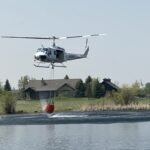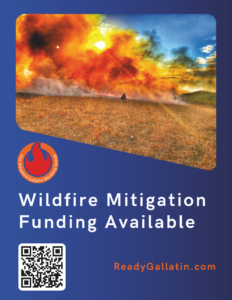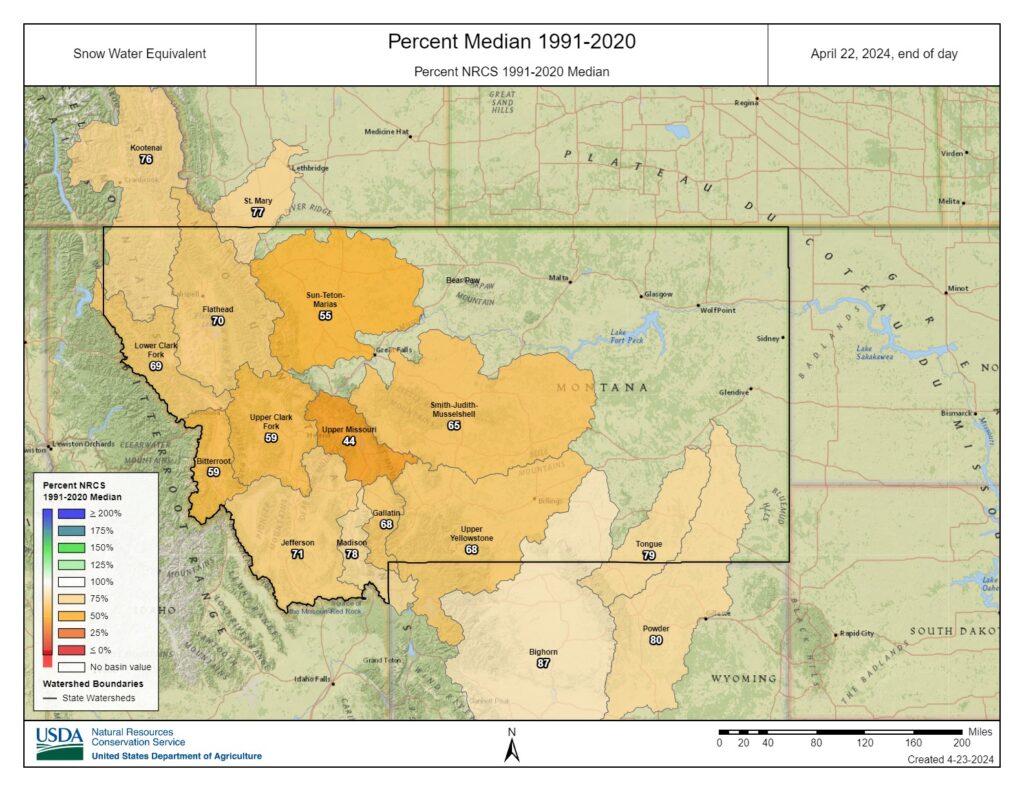Dam Safety in Gallatin County
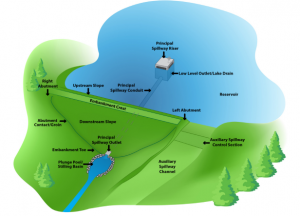 With the events unfolding at the Oroville Dam in California, we thought it would be a good time to talk about dam safety here. First, you should be aware that dam failures rarely occur (especially with regulated dams). With everything you are seeing about the Oroville Dam, let’s provide you some terminology that you’ll need in order to understand what people are talking about. Dams in the United States are categorized into two types, low hazard and high hazard. This does not reflect how safe a dam is or isn’t, simply the type of impact it would have if it was to fail. A low hazard dam indicates that there is a low likelihood of impact to human life. Conversely, a high hazard dam will likely affect human life because there is a population base in it’s inundation area (i.e. houses, towns, roads, etc…).
With the events unfolding at the Oroville Dam in California, we thought it would be a good time to talk about dam safety here. First, you should be aware that dam failures rarely occur (especially with regulated dams). With everything you are seeing about the Oroville Dam, let’s provide you some terminology that you’ll need in order to understand what people are talking about. Dams in the United States are categorized into two types, low hazard and high hazard. This does not reflect how safe a dam is or isn’t, simply the type of impact it would have if it was to fail. A low hazard dam indicates that there is a low likelihood of impact to human life. Conversely, a high hazard dam will likely affect human life because there is a population base in it’s inundation area (i.e. houses, towns, roads, etc…).
The inundation area is where computer models have forecast the water will go in the event of a dam failure. Keep in mind, these are models who’s accuracy are affected by a lot of different factors such type of failure, how full the reservoir is, amount of water coming in the reservoir and other factors. Typically when you see a mapped inundation area used for emergency planning, it is some form of a worst case scenario. Two common models used in the United States are Probable Maximum Flood and Clear Weather Breach. Probable Maximum Flood means the model is assuming the reservoir is completely full, the maximum amount of water is currently filling the reservoir and the dam completely fails at once. In a Clear Weather Breach we assume the reservoir is at a normal operating level, normal inflow to the reservoir and the dam completely fails.
There are many types of designs and configurations of dams, however the components are all the same. If the dam is power generating, typically they will have a water intake in the reservoir which funnels water through a pipe into turbines and it discharges out the bottom of the dam in a pool which forms the beginning of river or creek. Often a non-power generating dam will have a similar configuration where it may pass straight through, or may have some diverted to irrigation systems. Dam’s will also have a primary spillway which is often concrete (even in an earthen dam) and the amount of water discharge from the reservoir through the spillway is controlled by movable gates. This is the primary method many dams will utilize to control the level of the reservoir. It is common for dam operators to discharge excess water through the spillway during spring runoff to maintain the proper reservoir height or when they need to cut back on power generation. Dams can also use the spillway to control other factors such as increased river flow. Typically dams will also have an emergency spillway. The emergency spillway is often a portion of the dam that is designed to have water flow over it in an emergency. This emergency spillway sits lower than the main dam infrastructure so that excess water flows through it and not over the main dam itself. Basically it is a reinforced portion, often on one side, that channels water over the dam in a location where it won’t damage the integrity of the dam face.
- Middle Creek Dam
- Middle Creek Dam
- Primary Spillway
- Discharge Pool
- Intake Structure
Risk of Dam Failure
Overall, the risk of dam failures is very low. This is especially true of dams that are part of a regulated inspection programs. In Montana dams are typically regulated by the Montana Department of Natural Resources and Conservation or if they generate power the Federal Energy Regulatory Commission. These dams following a specific inspection, maintenance, and emergency planning process as part of their license. Unfortunately there are also situations where someone builds a dam on their own (often for irrigation) and it is unregulated and unknown to the regulating agency. Despite how it may seem, a lot of science and engineering goes into a properly built dam and home built dams are a danger.
- Teton Dam
- Hauser Dam
Many of the dam failures of larger dams have occurred upon the initial fill or shortly after completion. In 1908 the Hauser Dam near Helena, MT failed a little more than a year after construction. In 1976 the Teton Dam in Idaho failed on it’s initial fill with water. In 2008 the Hebgen Dam suffered a failure on their control gates resulting in uncontrolled spillway discharge. Often the dam failures that cause the most damage are from smaller dams. This is likely due to ownership and management that may not have the correct skills, belief that it’s a small dam and doesn’t pose a risk, underestimating what the risk is, or other similar issues. For example, 86% of dam failure injuries were from dams less than 50 feet tall.* Even with a low frequency of failure, when dams have failed they can cause significant damage. Like much of our infrastructure in the United States, many of our high hazard dams were constructed many years ago requiring continued maintenance by their owners.
High Hazard Dams Affecting Gallatin County
Gallatin County has 7 high hazard dams that have inundation areas in our county (3 located outside the county). These consist of:
- Middle Creek Dam in Hyalite. Owned by Montana DNRC.
- Green Hollow Dam up Spanish Creek. Owned by Flying D Ranch.
- Big Sky Dam (2 dams) Lake Levinsky and Big Sky Golf Course. Owned by Boyne Resorts.
- Hebgen Dam NW of West Yellowstone. Owned by NorthWestern Energy.
- Madison Dam on Ennis Lake. Owned by NorthWestern Energy.
- Willow Creek Dam East of Harrison (Harrison Lake). Owned by Montana DNRC.
Download Google Earth Map File
You can read many of the emergency action plans for these dams at our Plans Page.
What Should I Do to Prepare
Being directly affected by a dam failure is like many of the hazards we face that that are a low likelihood of happening. However, if it does happen, it will be a big deal. The good news is that the preparation for a dam failure isn’t much different than anything else. Gallatin County recommends you take the following simple steps:
- Make sure you get notified in a timely manner. Each member of your house should register in our Community Notification System so we can quickly notify you of an imminent threat to you.
- Develop a family emergency plan. This doesn’t have to be complicated, visit our family emergency plan page for more.
- If you live in an inundation area, talk about your evacuation route. Move away and above the inundation area and try to avoid crossing the waterways.
Gallatin County Hazard Analysis
You can learn more about the hazards present here in Gallatin County on our Hazard Page.

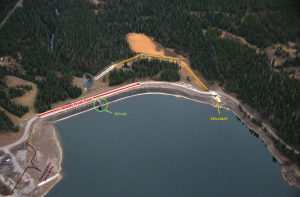
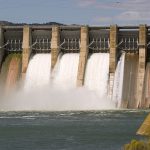
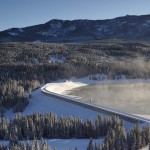
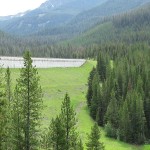
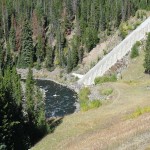
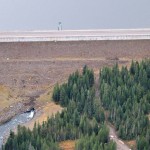
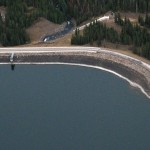
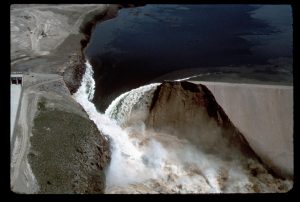
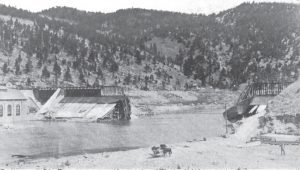
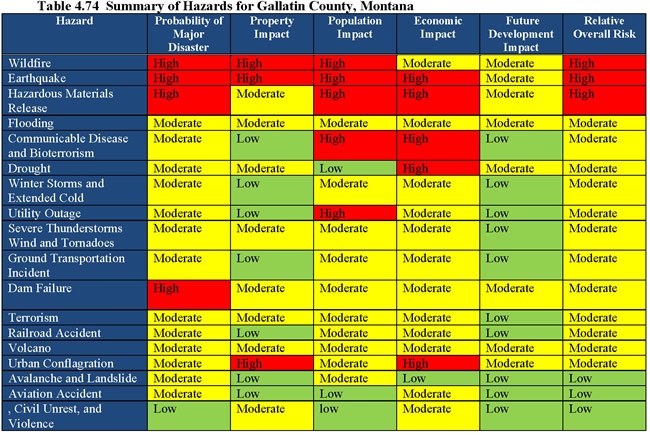
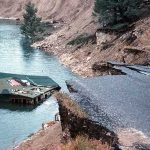 Previous Post
Previous Post